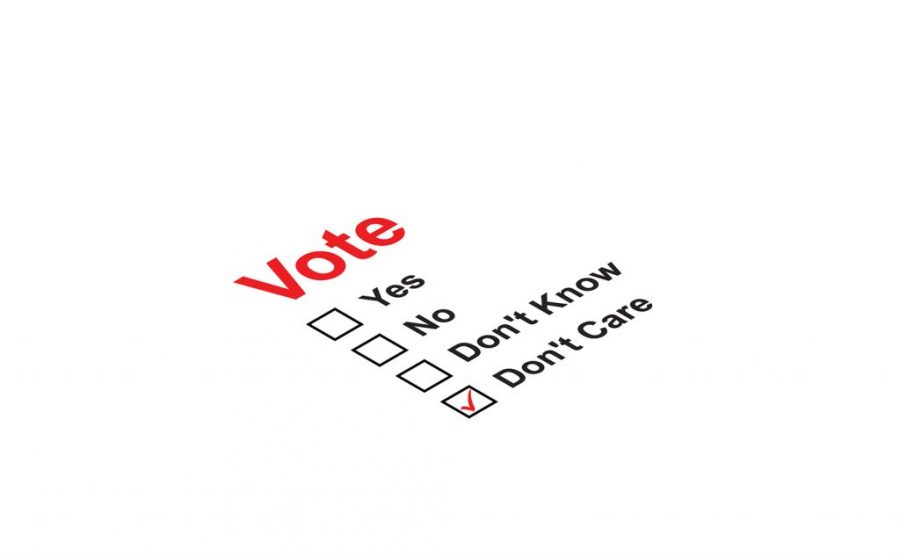The Problem of Voter Apathy
October 26, 2017
Political participation is a big problem in America. Other democratic countries have seemingly more voter turnout than we do in America, with 59% turnout in 2016. We must ask ourselves how ‘lesser powers’ are more inclined to participate in their electoral systems.
Other countries, such as Belgium and Australia have an incredible 80-90% voter turnout. It might in part due to voting laws in both of these countries, like being fined if you don’t show up to vote. This essentially cannot be a proper solution in America, because of the idea of having the right to not vote if an individual chooses. This is not to say that the United States has the lowest voting turnout because of this, but to highlight as a country that has Democracy as a core ideology, our voter turnout is pathetic.
While our freedoms are protected to abstain or not to vote, we must figure out what the problem of not voting is. The biggest problem is that not everyone will be represented. In 2016, when the United States had 59% of eligible voters did vote, which is a decrease from the 2012 midterm which saw around 62% voter turnout. Even though in both cases these are a majority, it still doesn’t represent the entire population. Let’s attempt to break this down mathematically.
Let’s say out of all the registered voters, 60% are Democrats, 40% are Republicans. And there was a 70% voter turnout total in an election. Just for fun let’s say that every single Republican voted, and they voted with their party, so that’s already a majority of the 70%, obviously leaving 30% of eligible voters for Democrats. That’s only half of the eligible Democrats, in no way did this election represent the majority of people here in the U.S
The problems with refusing to vote seems to stem from apathy and laziness rather than a philosophical one. Refusing to vote essentially hurts yourself for not having your beliefs represented, and hurts others that share similar ones to you. Our population is essentially being disproportionately represented.
This brings us to a final question as to how to increase voter turnout. There are a multitude of possible solutions, one being mandatory voting, but as discussed earlier, the American population would more than likely not accept this. The next possibility is making voting more accessible. Some countries like Canada, allow voter registration to be updated through tax forms, making it a lot easier to register to vote. Another way to make voting more accessible is to just flat out increase the number of polling areas. During 2016, in Maricopa County, Arizona, polling stations numbered 60. This is absolutely terrible and unacceptable. In that County it ended up being 1 polling station for every 20,000 people. Stories came out about some people having to wait upwards of 5+ hours just to vote. Not everyone would be willing to wait that long, or even should be subjected to it.
No one can force you to vote, however, it is statistically unwise not to vote. If you don’t vote, you do not get the right to complain about the outcome. If you choose to exercise your right, then educate yourself with the facts, and stay informed. The political sphere directly influences your daily lives, and you have no one to blame for the result except for yourself.
If we don’t consistently exercise our rights as a people, we will run the risk of losing it. You make the choice.
